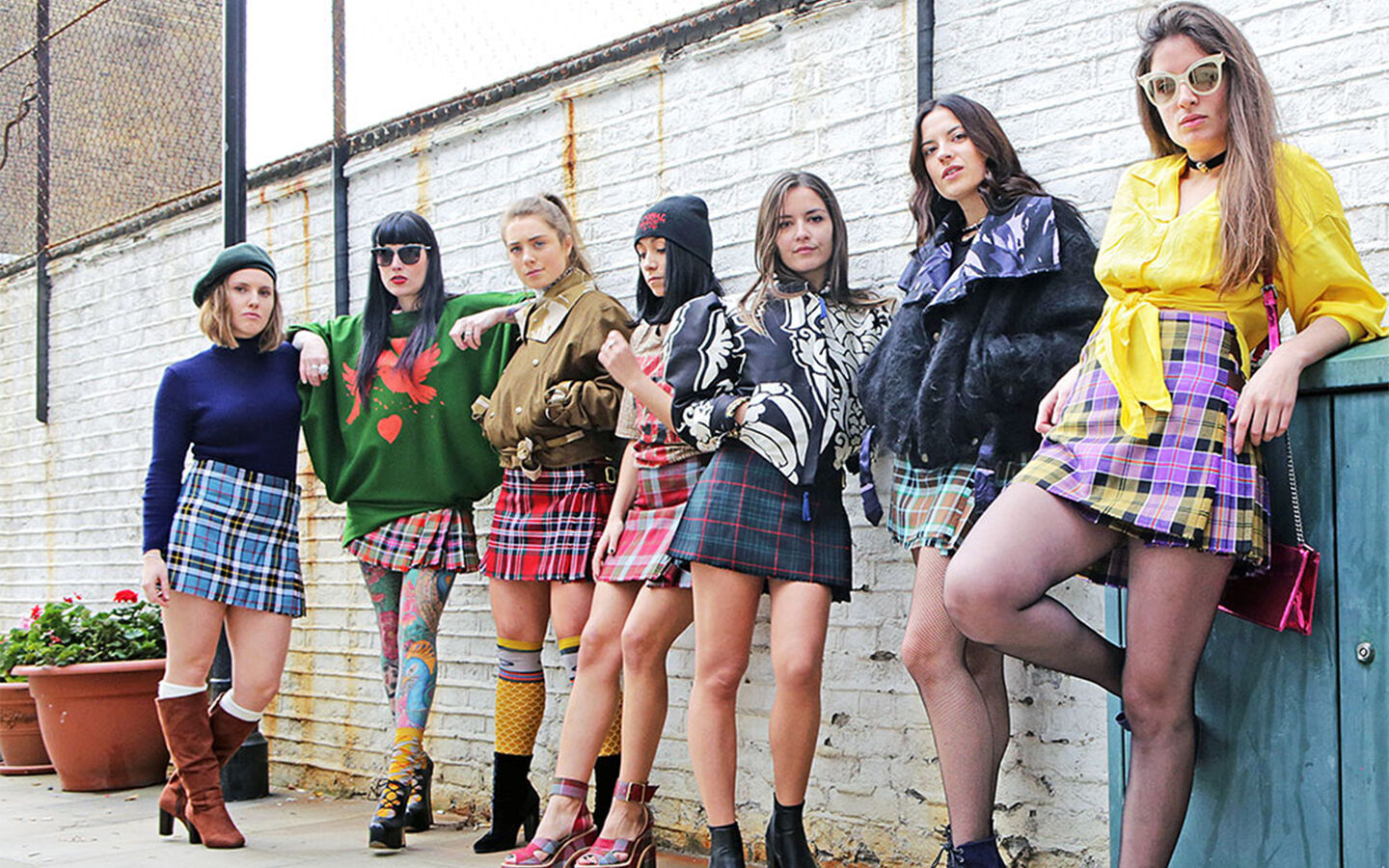Discover the rich history and cultural significance of the Scottish kilt, Scotland’s iconic traditional attire, and its evolution in modern fashion.
The kilt, with its distinctive tartan patterns and pleated design, is one of the most recognizable symbols of Scottish culture. This traditional garment, steeped in history and heritage, has evolved over the centuries from a practical piece of Highland dress to a beloved national icon. Today, the kilt is celebrated not only in Scotland but around the world, blending ancient traditions with modern fashion.
The Origins of the Kilt

Early Beginnings
The kilt, a symbol of Scottish heritage, has a long and storied history. Its origins can be traced back to the 16th century in the Scottish Highlands. The earliest form of the kilt was known as the “great kilt” or “breacan an fhéilidh,” a full-length garment that served as both a cloak and a kilt. Made from wool and featuring distinctive tartan patterns, the great kilt provided warmth and protection against the harsh Highland weather.

Evolution into the Modern Kilt
By the 18th century, the great kilt had evolved into the smaller and more practical “small kilt” or “walking kilt,” resembling the kilts worn today. This transition was partly due to the influence of English tailors, who began tailoring the garment for Scottish regiments in the British Army. The modern kilt retained the traditional tartan patterns but became more structured and easier to wear, with pleats sewn in for convenience.
The Significance of Tartan

Clan Identity
Tartan patterns are integral to the identity of the kilt, with each pattern representing a specific Scottish clan, family, or region. These patterns, or “setts,” are composed of unique combinations of colors and stripes, passed down through generations. Wearing a clan’s tartan is a powerful symbol of pride and unity, connecting individuals to their ancestry and heritage.
The Role of Tartans in Modern Times
In contemporary times, tartans are not only worn by those of Scottish descent but also embraced by people worldwide. Tartan patterns have found their way into modern fashion, appearing in everything from high-end designer collections to everyday streetwear. This global adoption of tartan reflects the timeless appeal and versatility of the design.
The Kilt in Scottish Culture

Ceremonial Use
Kilts hold a special place in Scottish culture, often worn during formal occasions, such as weddings, funerals, and Highland games. They are also a key part of military uniforms for Scottish regiments. The act of wearing a kilt is steeped in tradition and ceremony, symbolizing respect for one’s heritage and the occasion being marked.
The Highland Games
The Highland games, a celebration of Scottish and Celtic culture, prominently feature kilts. Participants and spectators alike don their kilts, showcasing their clan tartans with pride. Events such as the caber toss, tug-of-war, and traditional Scottish dancing all take place against the backdrop of a sea of tartan, highlighting the cultural significance of the kilt in these festivities.
The Kilt in Modern Fashion

Fashion Statements
In recent years, the kilt has transcended its traditional roots to become a fashion statement. Designers like Vivienne Westwood and Alexander McQueen have incorporated kilts and tartan patterns into their collections, blending traditional Scottish elements with contemporary design. This fusion has brought the kilt into the global fashion spotlight, making it a versatile and stylish garment.
Everyday Wear
Beyond the runway, kilts have become popular in everyday fashion, particularly in Scotland and among those with Scottish heritage. Modern kilts are available in a variety of styles, from traditional to utility kilts, which feature pockets and durable fabrics for practical use. This evolution has made the kilt a fashionable and functional choice for many.

Conclusion
The kilt is more than just a garment; it is a symbol of Scottish identity, history, and pride. From its origins as the great kilt to its evolution into modern fashion, the kilt continues to be a powerful representation of Scottish heritage. Its adoption in contemporary fashion further underscores its timeless appeal and versatility. Whether worn during a formal ceremony or as a fashion statement, the kilt remains a beloved and iconic piece of clothing that celebrates the rich cultural legacy of Scotland.
